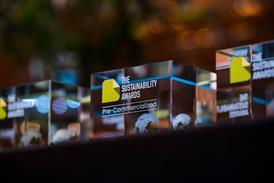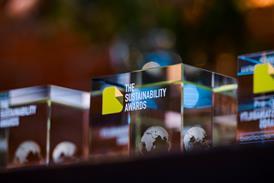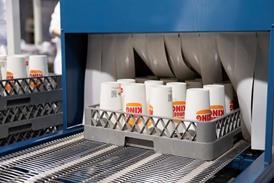
This content was originally sent to Packaging Europe members in The Bulletin – a weekly newsletter that includes articles like this, as well as lots more original content. To receive a brand-new edition of The Bulletin every week, plus an exclusive range of reports, briefings and events, click here to become a member.
1257 days after governments first agreed to develop an international legally binding treaty on plastic pollution, the world is still waiting.
The process began way back in 2022 at a meeting convened by the United Nations, when legislators pledged to create a legally binding treaty on global plastic pollution.
Over the following two years, five negotiating sessions took place across the world, in which delegates failed to reach an agreement on the direction of the treaty.
The sixth round of discussion, which reconvened in Geneva from the 5th to the 15th of August, continued in this vein: lots of heated debate, some compromise, but no final product.
The initial week and a half of debate resulted in the Chair of the event, Ecuador’s Luis Vayas Valdivieso, revealing a new draft treaty stipulating that countries should limit or ban plastic products that are likely to enter the environment or be difficult to reuse and recycle.
The draft treaty also included instructions around the design of plastic packaging, leakage prevention, the clean-up of existing plastic pollution, EPR, and increased investment in waste management systems.
Intense debate followed. Critics pointed out that a cap on plastic pollution, a central pillar of high-ambition countries’ demands, had not been included. In addition, required action on some of the most critical aspects of the treaty was made voluntary – it said that countries “should” comply with key elements, rather than saying that they “must.”
In the early hours of Friday morning, a revised draft was unveiled in a bid to address come of these concerns. This was quickly deemed inadequate, and was rejected by a majority of delegates. As a result, INC-5.2 ended in failure, with no clear path forward.
Despite obvious pessimism in the immediate aftermath INC-5.2, it would be wrong to look at the INC process as a complete failure.
In the words of Business For A Plastics Treaty, which represents some of the biggest FMCG brands, the process itself has led to “increased clarity achieved through three years of negotiations on the globally harmonised regulations across the full lifecycle of plastics needed to effectively tackle plastic pollution, and by the alignment among over 100 countries on the key elements – including phase-outs, product design, and EPR.”
So, what happens next? Delegates can either go back to the drawing board yet again, or the high ambition countries can club together and make their own rules.
For me the crux of this dilemma is: what will have bigger impact? Will a universal treaty that takes small steps have a greater impact on reducing pollution? Or can a more maximalist commitment by countries representing a significant chunk of the global market effectively set the global standard, which business in non-signatory countries is incentivized to meet?
If you liked this story, you might also enjoy:
The ultimate guide to the Packaging and Packaging Waste Regulation in 2025
How are the top brands progressing on packaging sustainability?
Everything you need to know about global packaging sustainability regulation in 2025
The key to increasing the use of reusable packaging in supermarkets























No comments yet